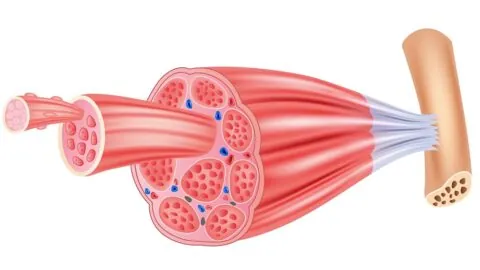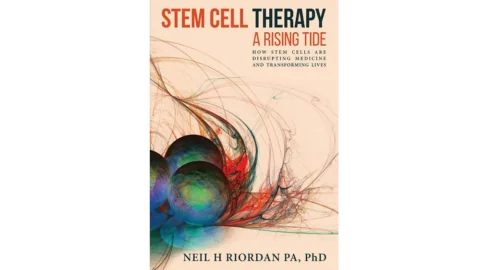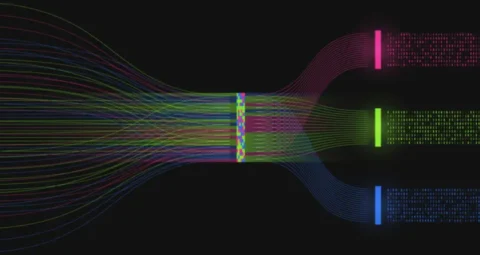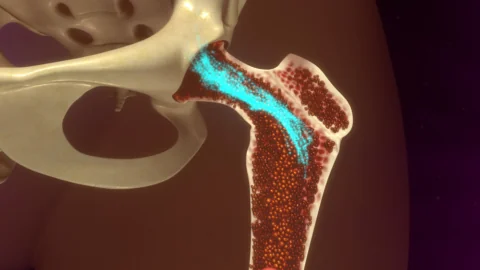December 18, 2023
In Cell Stem Cell, researchers have published the results of a Phase 1 clinical trial of a treatment that uses neural stem cells (NSCs) to treat multiple sclerosis. Looking for better therapies Multiple sclerosis (MS) is a progressive disease that afflicts approximately two million people worldwide [1]. This is an autoimmune disease that causes bursts...
November 14, 2023
A new study has identified a molecule found in Saposhnikovia root as a potent mediator of tendon regeneration in rats. The results were also replicated in human cells [1]. Aging does not spare tendons Like with many tissues, the health of tendons, which are central to mobility and agility, hinges on the function of local...
November 06, 2023
Researchers publishing in ACS Nano have described how culturing stem cells on nanogratings instead of flat substrates changes the effects of the extracellular vesicles (EVs) they send, potentially paving the way to a new system of therapies. When signaling is critical Many of the effects of stem cells can be traced back to the EVs,...
July 27, 2023
"Stem Cell Therapy: A Rising Tide" by Neil Riordan is a comprehensive exploration of stem cell therapy along with its potential benefits, limitations, and prospects. The father of mesenchymal stem cell research, Arnold Caplan, dubbed Riordan as a pioneering figure in stem cell research and application. Therefore, it is no surprise that Riordan brings an...
July 17, 2023
Researchers publishing in Cell Stem Cell have announced a new method of accurately and rapidly cloning genetically engineered stem cells. CRISPR is still imperfect While the accuracy of genetic modification through the well-known CRISPR/Cas9 system continues to improve, the technology remains imperfect. Small mistakes were initially reported [1], and later researchers found that under certain...
June 08, 2023
Scientists have verified the effectiveness of stem cell transplants, researched a core reason behind it, and published their findings in Aging Cell. The niche controls what stem cells do Back in 1978, Raymond Schofield proposed that hematopoietic stem cells (HSCs), which make blood cells, are governed by their local microenvironment, the niche in which they...






